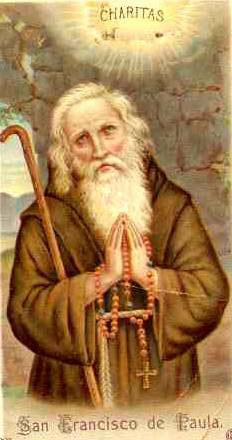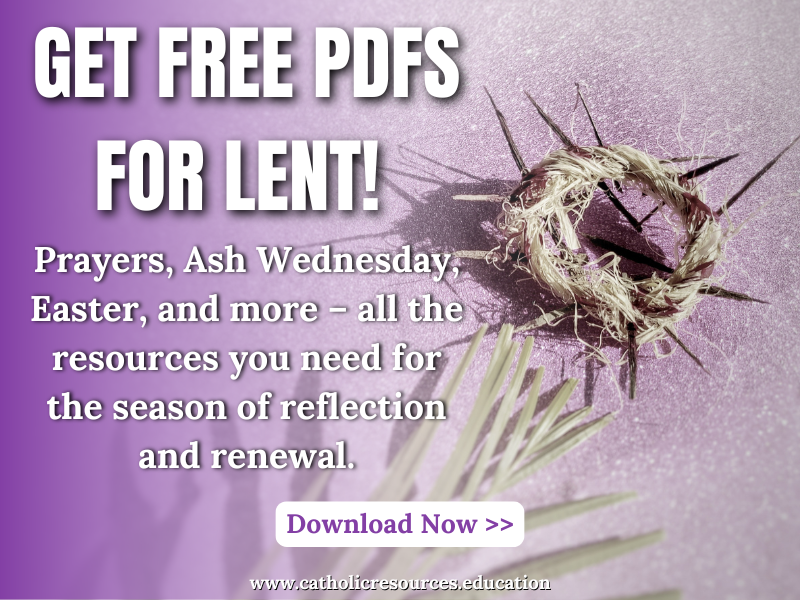We ask you, urgently: don't scroll past this
Dear readers, Catholic Online was de-platformed by Shopify for our pro-life beliefs. They shut down our Catholic Online, Catholic Online School, Prayer Candles, and Catholic Online Learning Resources essential faith tools serving over 1.4 million students and millions of families worldwide. Our founders, now in their 70's, just gave their entire life savings to protect this mission. But fewer than 2% of readers donate. If everyone gave just $5, the cost of a coffee, we could rebuild stronger and keep Catholic education free for all. Stand with us in faith. Thank you.Help Now >
Abbey of Our Lady of Gethsemani
FREE Catholic Classes
An abbey of the Order of Reformed Cistercians, commonly called Trappists, established in 1848 in Nelson Co., Kentucky, in the Diocese of Louisville, being the first abbey on American soil. On 26 Oct., 1848, a colony of forty Trappists left the Abbey of Melleray, in the Diocese of Nantes, France, under the leadership of Dom Eutrope Proust, and arrived at New Orleans early in December. They travelled by river to Louisville, Kentucky, where Bishop Flaget, who had greatly desired their coming, received them. On 21 December they took possession of the lands destined for their establishment, and shortly afterwards their number was increased by a second colony of twenty religious from the mother -house. The monks undertook the work of clearing their lands with indomitable energy, and little by little arose the imposing structures which form the present abbey. This is an immense quadrilateral, one side of which is formed by the church, whilst the other three sides contain the monastic quarters, with a commodious guesthouse for those who desire to spend a few days in solitude.
In 1850 a pontifical Brief (21 July) erected the new monastery into an abbey. By a unanimous vote Dom Europe was elected abbot, and on 1 May, 1851, received the abbatial blessing from Bishop M. J. Spalding of Louisville, in the old cathedral of Bardstown. It was the first ceremony of the kind performed and returned to France. He left Dom Benedict Berger in charge, who was soon after elected abbot, and received the abbatial blessing in St. Catherine's Church, New Haven, Kentucky, 9 May, 1861. Dom Benedict insisted with true religious zeal on the observance of the rule, and under his administration the abbey buildings were finished. The church was solemnly consecrated by Archbishop Purcell of Cincinnati, 15 Nov., 1866. Stricken with paralysis in 1887, Dom Benedict resigned his charge in 1889. The administration then passed to Dom M. Edward Chaix-Bourbon, who was elected abbot 9 May, 1890, and received the abbatial blessing in the church of the monastery, 29 September following. Dom Edward applied himself especially to improve the school attached to the abbey since its foundation. He erected new buildings, and transformed it into a college. During a visit to France, upon the advice of physicians, he had to renounce his hopes of seeing Gethsemani again, and on 24 Jan., 1898, he was succeeded by Dom M. Edmond M. Obrecht, first appointed superior and shortly afterwards elected abbot by unanimous vote; he received the abbatial blessing at Gathsemani, 28 Oct., 1898. Through the generosity of Mgr. Batz of Milwaukee, Dom Edmund was able to create the splendid library which contains more than thirty thousand volumes of the principal authors on ecclesiastical sciences.
That the regime of La Trappe is entirely incompatible with the American temperament is a prejudice without foundation. The community has always numbered some, and now numbers over one-third, Americans amongest its religious, some of whom were raised in luxury, and all have found health and happiness at Gethsemani. Another prejudice is the belief that the Trappist life, being a penitent life, is only intended for criminals. Life at Gethsemi is the same as Cistercian life at Clairvaux, a life of contemplation and penance. Moreover, recent decrees of sovereign pontiffs and the constitutions of the order forbid the reception of men who have given public scandel. The community of Gethsemani is at present (1908) composed of 80 religious: 34 members of the choir, 22 of whom are priests, whilst the others are preparing themselves, by the regular studies, for the priesthood ; 46 are lay brothers who are more especially engaged in the work of the farm.
Join the Movement
When you sign up below, you don't just join an email list - you're joining an entire movement for Free world class Catholic education.

-

- Stations of the Cross
- Easter / Lent
- 5 Lenten Prayers
- Ash Wednesday
- Living Lent
- 7 Morning Prayers
- Mysteries of the Rosary
- Litany of the Bl. Virgin Mary
- Popular Saints
- Popular Prayers
- Female Saints
- Saint Feast Days by Month
- Pray the Rosary
Pope Francis’ April Prayer Intention: Using Technology to Strengthen Human Connections
Finding Peace Through Prayer in a World of Worry
Trump Administration Withholds Federal Grants from Planned Parenthood Over DEI and Civil Rights Concerns
Daily Catholic
 Daily Readings for Wednesday, April 02, 2025
Daily Readings for Wednesday, April 02, 2025 St. Francis of Paola: Saint of the Day for Wednesday, April 02, 2025
St. Francis of Paola: Saint of the Day for Wednesday, April 02, 2025 Prayer for God's Help in Daily Actions: Prayer of the Day for Friday, March 14, 2025
Prayer for God's Help in Daily Actions: Prayer of the Day for Friday, March 14, 2025 Daily Readings for Tuesday, April 01, 2025
Daily Readings for Tuesday, April 01, 2025 St. Hugh of Grenoble: Saint of the Day for Tuesday, April 01, 2025
St. Hugh of Grenoble: Saint of the Day for Tuesday, April 01, 2025- To Perceive Animals as God's Gifts: Prayer of the Day for Thursday, March 13, 2025
![]()
Copyright 2025 Catholic Online. All materials contained on this site, whether written, audible or visual are the exclusive property of Catholic Online and are protected under U.S. and International copyright laws, © Copyright 2025 Catholic Online. Any unauthorized use, without prior written consent of Catholic Online is strictly forbidden and prohibited.
Catholic Online is a Project of Your Catholic Voice Foundation, a Not-for-Profit Corporation. Your Catholic Voice Foundation has been granted a recognition of tax exemption under Section 501(c)(3) of the Internal Revenue Code. Federal Tax Identification Number: 81-0596847. Your gift is tax-deductible as allowed by law.


 Daily Readings for Wednesday, April 02, 2025
Daily Readings for Wednesday, April 02, 2025 St. Francis of Paola: Saint of the Day for Wednesday, April 02, 2025
St. Francis of Paola: Saint of the Day for Wednesday, April 02, 2025 Prayer for God's Help in Daily Actions: Prayer of the Day for Friday, March 14, 2025
Prayer for God's Help in Daily Actions: Prayer of the Day for Friday, March 14, 2025 St. Hugh of Grenoble: Saint of the Day for Tuesday, April 01, 2025
St. Hugh of Grenoble: Saint of the Day for Tuesday, April 01, 2025

